
In this author’s last post, information was provided on breast cancer to include relevant pathophysiology, methods of tracking its preferred energy substrates (glucose), and potential nutritional interventions to help disrupt further growth and proliferation of the same. In the following sections, this author would like to explore the utility of antioxidants as another means of supporting the down-regulation of malignant tissue growth.
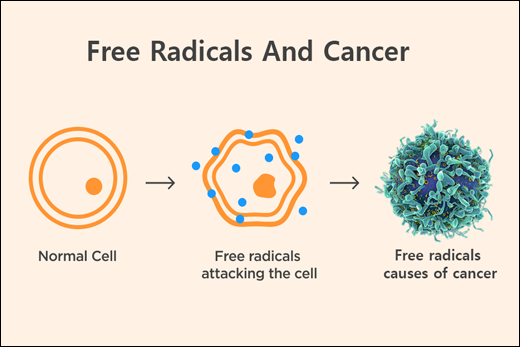
Cancer cells tend to have dysregulated cytokine (signaling molecules that regulate inflammation), chemokine (a type of cytokine that attracts white blood cells to a target cell for destruction), inflammatory mediators, related receptors, and reactive oxygen species (ROS) production among individuals who have a high rate of glycolysis for energy production.1,2 ROS produced by cancer are particularly harmful to neighboring healthy cells of the body because they have the capacity to target and destroy lipid membranes, proteins, enzymes, receptors, and DNA; such abilities, which ROS possess in abundance, can ultimately lead to genetic mutations and cancer.3
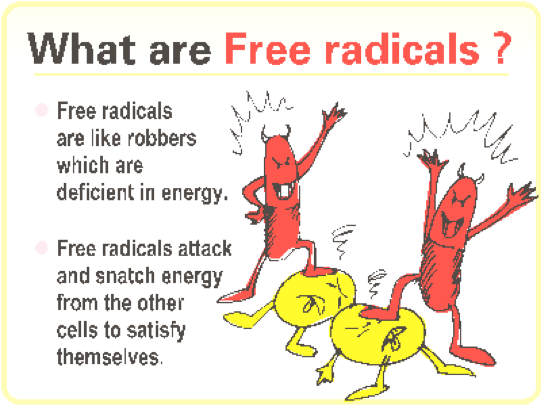
ROS is a term which describes metabolites of oxygen, as well as nitrogen.3(515) A type of ROS, known as a free radical, contains an unpaired electron along its outermost orbital; such unpaired electrons make free radicals highly reactive and unstable.3(515) Furthermore, free radicals interact with other molecules extracting their electrons, ultimately oxidizing and destabilizing the nearby molecule. Left unchecked, ROS induces cellular damage outlined in the previous section, and has been suggested as a causative factor in diseases of the eye, respiratory distress syndrome, cardiac/cerebral ischemia, allergic inflammation, rheumatic diseases, atherosclerosis, neuronal injury, Alzheimer’s disease, and cancer.3(515)
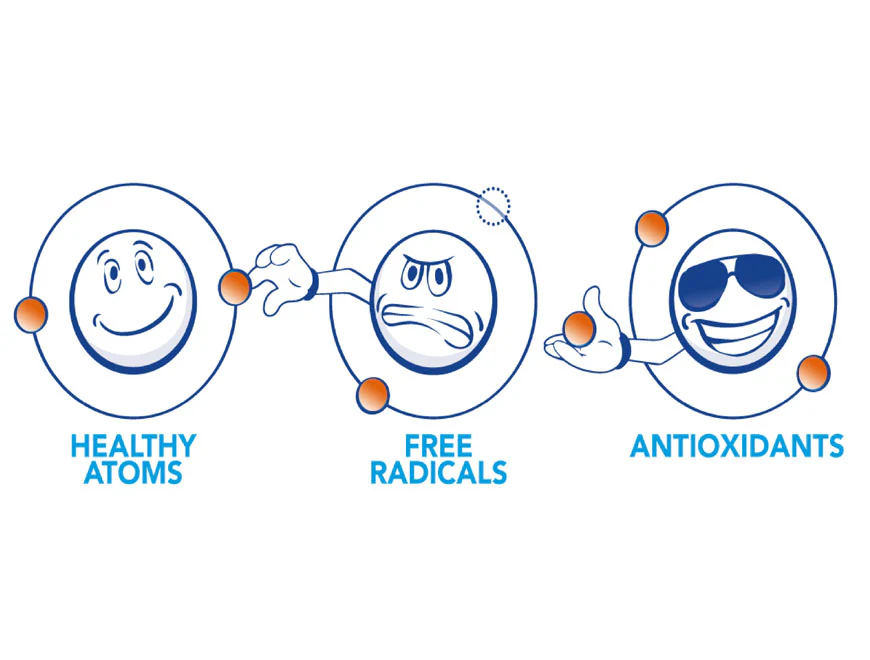
Antioxidants are compounds which can neutralize and quench the oxidative effects of ROS. Such is achieved by the capacity of antioxidants to donate electrons that ROS seek. When a ROS receives electrons from an antioxidant, the ROS becomes innocuous and exits the body as water, or a reduced form of an antioxidant.3(521) Antioxidants in the body include vitamin A, vitamin E, vitamin C, beta-carotene, and glutathione.3(522) Other micronutrients, which serve as cofactors for enzymes that catalyze reactions that remove free radicals, include copper, manganese, selenium, zinc, and riboflavin.3(522) When all of the aforementioned substances are in optimal concentrations, they coalesce and work in a symbiotic fashion to control the effects of ROS.

Considering that cancer cells overproduce ROS, it would be logical and reasonable to conclude that introducing antioxidants from food, and supplements where indicated, would be beneficial. However, some cancer therapies intentionally introduce ROS to induce a cytotoxic effect upon malignant cells.4 Some forms of chemotherapy, for example, are designed to introduce antineoplastic (prevents development of tumors and/or malignant cells) agents which involves the introduction of ROS to induce cellular damage and cellular death.4(178) As a result, such knowledge is likely to bring into question whether the concomitant introduction of antioxidants would hinder the efficacy of antineoplastic interventions.
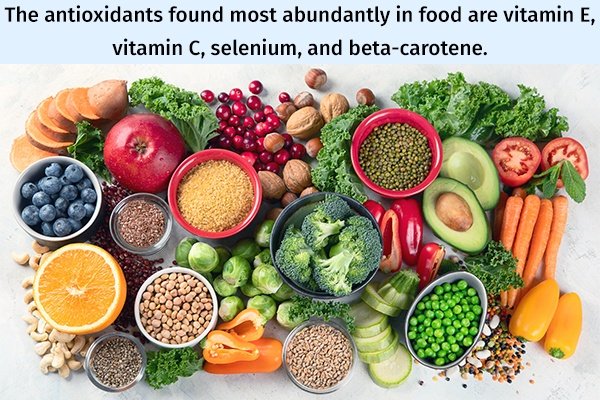
Singh et al4(180) stated that some reviews have indicated that concurrent therapy (ROS intervention + antioxidants) did not interfere with chemotherapy. Rather, antioxidants enhanced the cytotoxic effect of chemotherapy while protecting healthy cells/tissue and increasing patient survival.4(180) One reason that antioxidants are effective as an adjunct intervention is through controlling the concentration/dominance of ROS.4(179) Although the dispersal of ROS from chemotherapy can be cytotoxically effective, if excessive and prolonged ROS exist systemically, antioxidants become unable to manage the same, an imbalance between ROS and removal occurs, and normal/healthy cells become damaged; a condition known as excessive oxidative stress.4(179)
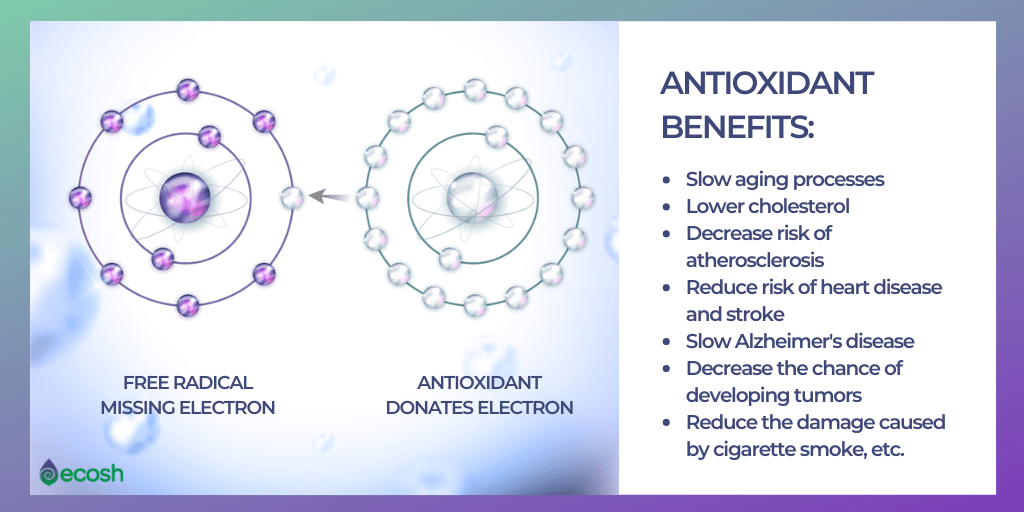
When an optimal balance exists between ROS (to include those produced from chemotherapy) and antioxidants, an enzyme known as caspase is able to interact with, and facilitate, the cytotoxic effects of chemotherapy.4(179) However, if excessive oxidative stress is experienced (an overdominance of ROS), caspase activity becomes compromised and is thought to reduce/inhibit chemotherapy effectiveness.4(179) As such, introduction of appropriate levels of antioxidants may help attenuate said imbalance. Furthermore, antioxidants may protect healthy cells instead of malignant cells because the defensive/repair mechanisms of cancerous tissue may be compromised, allowing a simultaneous effect to occur; chemotherapy destroys cancer cells, while antioxidants support healthy/unaffected cells.4(186)
In conclusion, cancer is the leading cause of mortality, accounting for 13% of deaths worldwide.4(177) In addition to nutritional and lifestyle interventions, traditional therapies to include chemotherapy have been effective interventions in treating cancer. However, side-effects, such as excessive oxidative stress, may limit the full potential of such chemical interventions. Emerging research suggests that antioxidants could help protect healthy cells while supporting chemotherapy’s cytotoxic effects upon malignant cells. However, further research is required to fully elucidate such mechanisms of action. Finally, this author would strongly encourage readers with cancer to speak to medical specialists before considering such interventions.
References
1. Li W, Xu M, Li Y, et al. Comprehensive analysis of the association between tumor glycolysis and immune/inflammation function in breast cancer. J Trans Med. 2020;18(1):1-12. doi: 10.1186/s12967-020-02267-2.
2. Seyfried TN, Mukherjee P, Lyikesici MS, et al. Consideration of ketogenic therapy as a complimentary or alternative approach for managing breast cancer. Front Nutr. 2020;7(21):1-13. doi:10.3389/fnut.2020.00021.
3. Lord RS, Bralley, JA. Laboratory Evaluations for Integrative and Functional Medicine. 2nd ed. Duluth, GA: Genova Diagnostics; 2012.
4. Singh K, Bhori M, Kasu YA, et al. Antioxidants as precision weapons in war against cancer chemotherapy induced toxicity – Exploring the armory of obscurity. Saudi Pharm J. 2018;26(2):177-190. doi:10.1016/j.jsps.2017.12.013.
-Michael McIsaac
